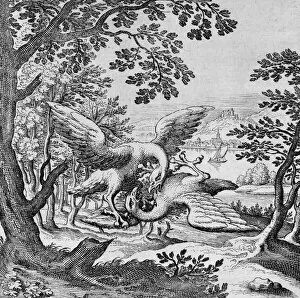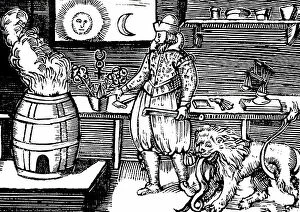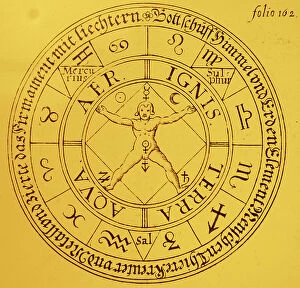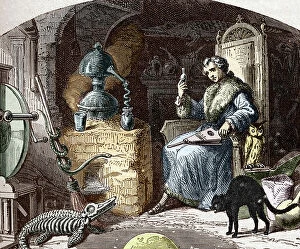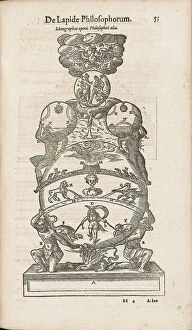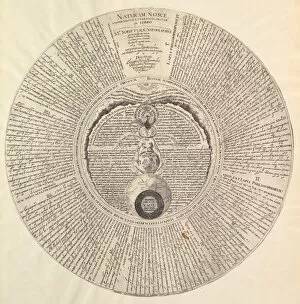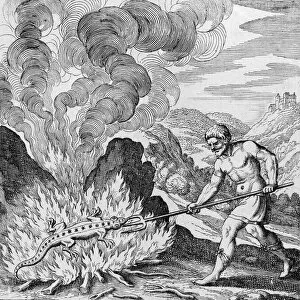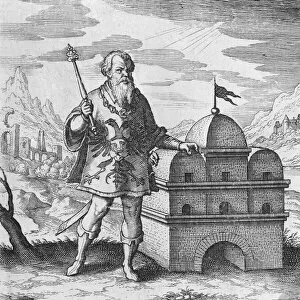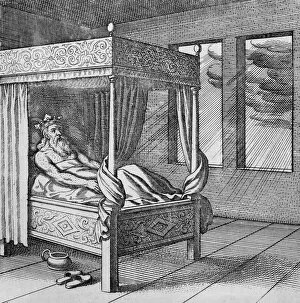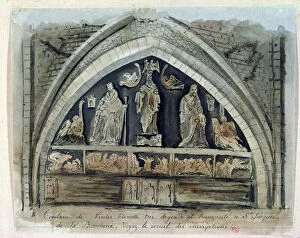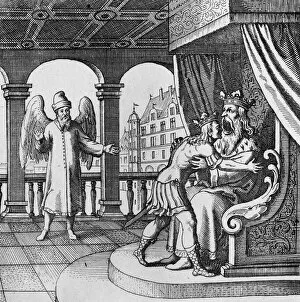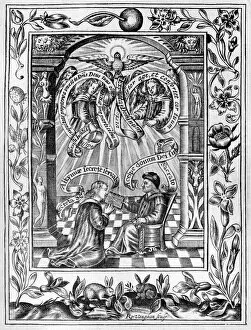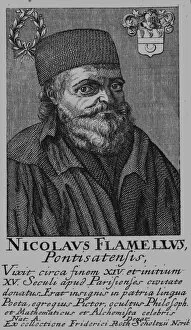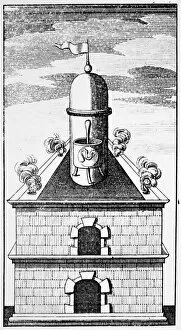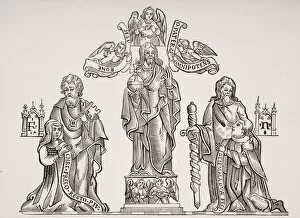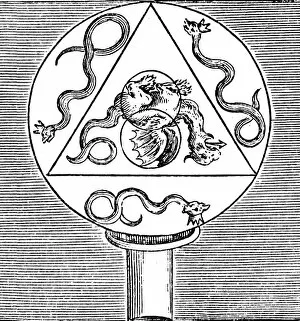Philosophers Stone Collection
"The Philosophers Stone: A Mystical Quest for Transmutation" The enigmatic concept of the Philosophers Stone has captivated minds throughout history
For sale as Licensed Images
Choose your image, Select your licence and Download the media
"The Philosophers Stone: A Mystical Quest for Transmutation" The enigmatic concept of the Philosophers Stone has captivated minds throughout history, transcending time and space. In Heinrich Khunrath's Amphiteatrum sapientiae aeternae, this legendary artifact takes center stage, symbolizing the ultimate goal of alchemy. In "The Alchemists Office, " depicted in oil on canvas, we catch a glimpse into the world where great minds toiled tirelessly. Inspired by their predecessors' achievements, they sought to unlock the secrets of transmutation as shown in "Great alchemists inspire work in the laboratory. " One cannot help but be intrigued by the burning salamander from Musaeum Hermeticum; its fiery essence representing purification and transformation. The philosopher herald guides us further into this mystical realm with his symbolic presence. As portrayed in "The Alchemist, " an oil painting from 1663, we witness an alchemist engrossed in his experiments. His quest for enlightenment mirrors that of countless others who pursued the elusive stone. Through engraved illustrations such as "King watches the rain through his window" and "Spirit and soul guide the prince, " Musaeum Hermeticum transports us into a realm where kings seek wisdom beyond earthly realms. The crowned king on his throne signifies attainment while healthy spirits guide princes towards enlightenment. Amidst these esoteric depictions lies another intriguing scene - birds fighting. Symbolic battles within oneself or external conflicts? Interpretations abound as one delves deeper into this mysterious journey. Finally, Helmont receiving an alchemist who presented him with the philosophers stone showcases a momentous encounter between two seekers of truth. This meeting represents hope that someday someone will uncover nature's greatest secret – transmuting base elements into gold or achieving eternal life. From ancient texts to captivating artworks, each hint unveils fragments of knowledge surrounding this mythical object – The Philosophers Stone.

